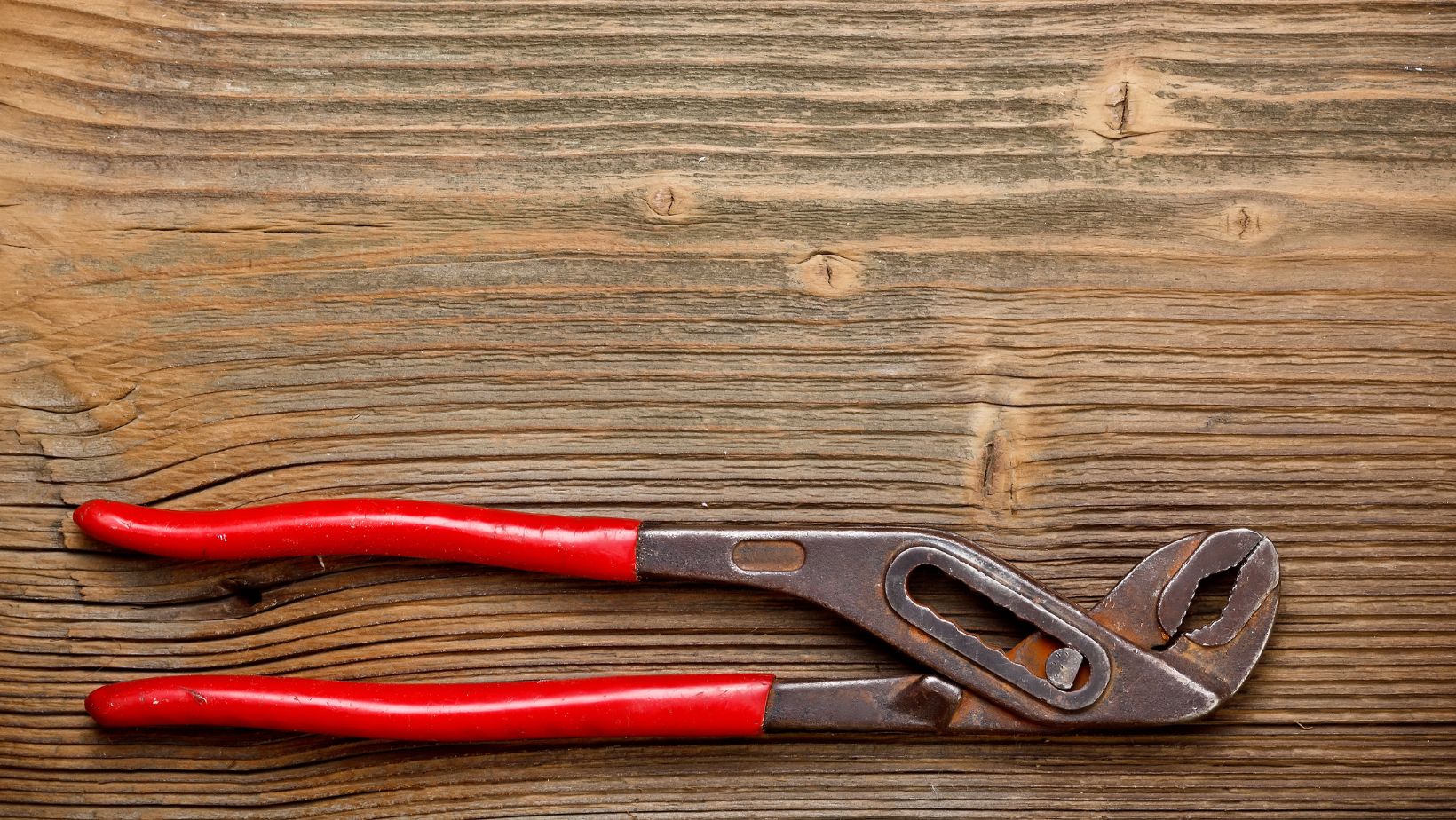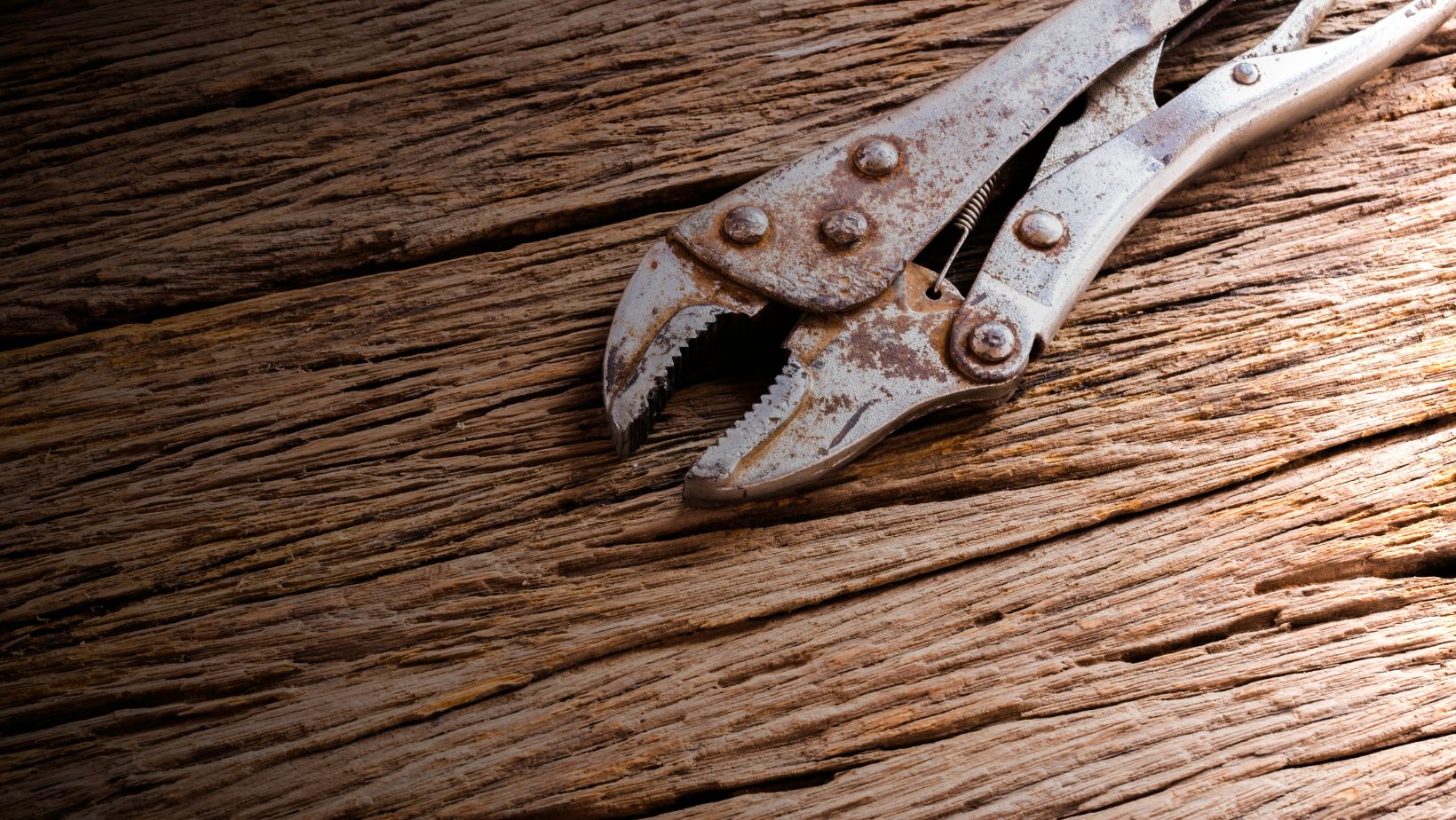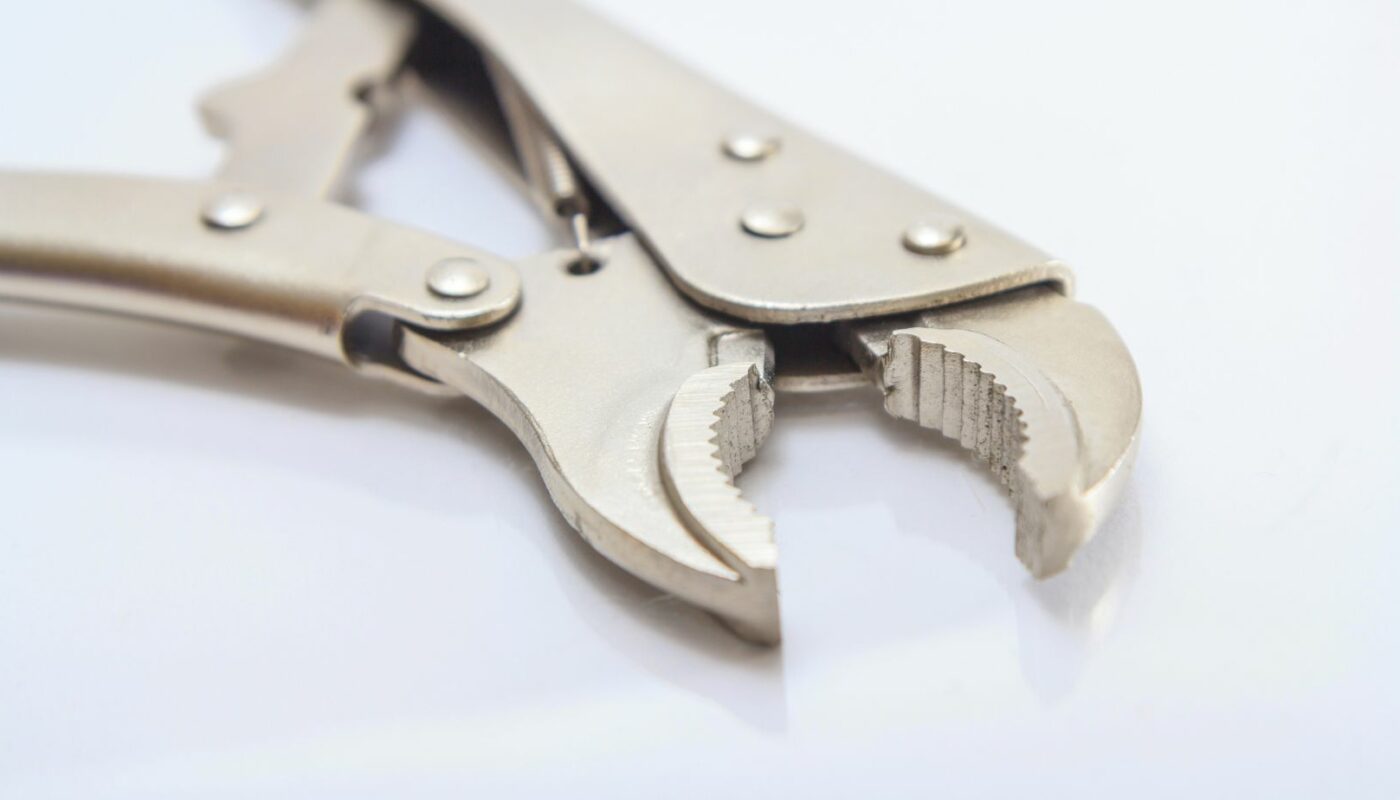Locking pliers are one of the most versatile tools you can have in your tool box. While their primary use is to grip and hold onto objects, they can also be used to twist, turn, and tighten bolts and nuts.
What are Locking Pliers Used For?
Locking pliers are handy tools that are used to grip and hold onto objects. Most commonly used in woodworking, mechanics, and metalworking, these pliers can be used to clamp down on a variety of materials in order to keep them in place while you work.

There are many different types of locking pliers available on the market, each designed for specific tasks. The most common type is the vise-grip, which is perfect for holding irregularly shaped objects or those that need to be clamped down tightly. Other popular types include F style, C style, and needle nose locking pliers.
No matter what type of project you’re working on, chances are there’s a type of locking plier that can help you get the job done right.
How to Use Locking Pliers?
Locking pliers are a versatile tool that can be used for a variety of tasks including gripping, twisting, and holding objects. They are often used in situations where a regular pair of pliers would not be able to provide a firm grip, such as when working with slippery or irregularly shaped objects.
Locking pliers have a ratcheting mechanism that allows them to adjust to the size of the object being gripped and then lock into place. This makes them ideal for working with objects that are difficult to hold onto with traditional pliers.
To use locking pliers, first adjust the jaws to the appropriate size for the object you are working with. Then, grip the object with the jaws and squeeze the handles together to lock the pliers into place. To release the object, simply squeeze the handles together again and release them.
The Benefits of Using Locking Pliers
Locking pliers are a handy tool that can be used for a variety of tasks. Here are just a few of the benefits of using locking pliers:
- They are great for holding onto objects that are slippery or difficult to grip.
- They can be used to grip objects from different angles, making it easier to work with them.
- They can be used to apply pressure to an object in order to loosen it or break it free.
- They can be used to clamp two objects together.
- They can be adjusted to different sizes, depending on the task at hand.
The Different Types of Locking Pliers
There are many different types of locking pliers, each designed for a specific purpose. Some common types include:
- Needle nose: These pliers have long, narrow jaws that are ideal for reaching into tight spaces.
- Slip joint: Slip joint pliers have jaws that can be adjusted to two different positions, allowing them to grip a variety of sizes of objects.
- Wire cutters: Wire cutters are designed to cut through wire without damaging the surrounding material.
- Lineman’s: Lineman’s pliers have broad jaws and serrated teeth that make them ideal for cutting and gripping wire.
- Water pump: Water pump pliers have a unique double-jaw design that allows them to grip round objects in addition to flat surfaces.
What are Locking Pliers Used For
The first locking pliers were patented in the early 1900s, but the design has changed very little in the intervening years. The original patent was for a tool known as Vise-Grip pliers, which are still produced by the L.H. Petersen Company today.
Locking pliers are used in a variety of situations where it is necessary to grip and hold onto an object. They are commonly used by mechanics to grip and hold onto parts while they are working on them. They are also used by mechanics to grip and hold onto tools while they are using them.

Locking pliers are also used by many people who work with wood. Woodworkers use locking pliers to grip and hold onto pieces of wood while they are working on them. Locking pliers are also used by many people who work with metal. Metalworkers use locking pliers to grip and hold onto pieces of metal while they are working on them.
Locking pliers are also used by many people who work with plastics. Plastics workers use locking pliers to grip and hold onto pieces of plastic while they are working on them.



